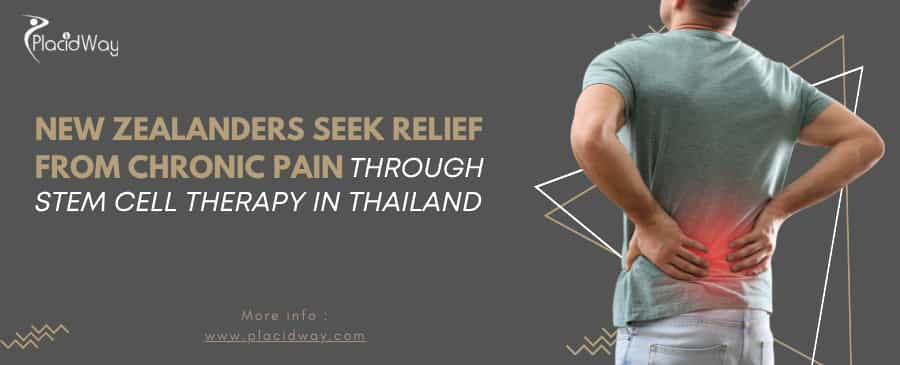
Living with chronic pain can be debilitating, affecting every aspect of your life. For many New Zealanders, traditional treatments like long-term medication or invasive surgery come with significant risks, long wait times, or diminishing returns. This has led many Kiwis to explore advanced medical tourism options, with Thailand emerging as a global leader in regenerative medicine, particularly stem cell therapy for chronic pain.
This guide provides a comprehensive overview of what to expect when traveling from New Zealand to Thailand for stem cell treatment, from the science and safety to the cost and process.
Key Takeaways
-
Advanced Treatment, Lower Cost: Thailand offers access to advanced mesenchymal stem cell (MSC) therapies, which are often not widely available or are prohibitively expensive in New Zealand.
-
High-Quality Regulation: The industry in Thailand is regulated by the Thai Food and Drug Administration (TFDA), with top clinics and hospitals boasting international accreditation like the Joint Commission International (JCI), ensuring high standards of patient safety and care.
-
Significant Savings: New Zealanders can save 50-70% on treatment costs.
-
Thailand: Stem cell therapy for orthopedic/pain conditions typically ranges from $5,000 to $15,000 USD.
-
Mexico: Costs are similar, ranging from $3,500 to $15,000 USD.
-
Turkey: Another affordable option, with prices often between $2,000 and $15,000 USD.
-
New Zealand/Australia/USA: Similar treatments, if available, are often considered experimental and can cost upwards of $25,000 to $50,000+ USD, rarely covered by insurance.
-
What is Stem Cell Therapy and How Does it Work for Chronic Pain?
Stem cell therapy is a form of regenerative medicine that uses the body's own repair mechanisms to heal damaged tissue. For chronic pain, it works by reducing inflammation, modulating the immune system, and promoting the regeneration of tissues like cartilage and ligaments.
The "stem cells" used in these procedures are typically mesenchymal stem cells (MSCs). These are powerful, intelligent cells that can be sourced from a patient's own body (autologous), usually from bone marrow or adipose (fat) tissue.
Alternatively, and increasingly common in Thailand, clinics use allogeneic MSCs sourced from the umbilical cords of healthy, screened donors. These cells are young, potent, and do not cause an immune reaction.
When injected into a painful area (like an arthritic knee or a degenerative spinal disc), these MSCs act as a "repair crew." They don't just become new cartilage; they release powerful anti-inflammatory proteins, signal other cells to the area to help, and protect existing tissue from further breakdown. This multi-faceted approach is what makes it so promising for chronic pain.
Why Are New Zealanders Traveling to Thailand for This Treatment?
New Zealanders are flocking to Thailand for stem cell therapy due to a powerful combination of cost-effectiveness, access to advanced treatments, world-class medical facilities, and significantly shorter wait times than they may face at home.
For many Kiwis, the public health system may offer a long wait for orthopedic surgery, while private options are financially out of reach. Thailand bridges this gap.
-
Massive Cost Savings: As highlighted, the primary driver is cost. Even after factoring in flights and accommodation, the total expense is often a fraction of the cost for a similar procedure in the West.
-
Advanced Technology and Expertise: Thailand has heavily invested in its medical tourism infrastructure. You will find state-of-the-art labs and specialists with extensive experience in regenerative medicine, often more than what's available in New Zealand, where regulations can be more restrictive.
-
Minimal Wait Times: Chronic pain doesn't wait. In Thailand, you can typically be screened, scheduled, and treated within a matter of weeks, not months or years.
-
JCI-Accredited Hospitals: Thailand is home to over 60 JCI-accredited hospitals. This is the same accreditation body that certifies top hospitals in the United States, representing a gold standard in patient care and safety.
Did You Know?
Many top Thai hospitals, like Bumrungrad International Hospital and Samitivej Hospital, feel more like five-star hotels than clinical facilities. They are built from the ground up to cater to international patients, with multilingual staff, seamless airport transfer services, and entire departments dedicated to medical tourists.
Is Stem Cell Therapy for Chronic Pain Safe and Legal in Thailand?
Yes, stem cell therapy is legal in Thailand and is regulated by the Thai Food and Drug Administration (TFDA) and the Ministry of Public Health. Patient safety is paramount, but it is crucial to choose an accredited and reputable clinic.
This is one of the most important questions for any medical tourist. Unlike some "stem cell destinations" that operate in a legal grey area, Thailand has an established regulatory framework. The Thai Ministry of Public Health oversees the practice, and the TFDA provides guidelines on the sourcing, processing, and application of stem cells.
However, this regulation doesn't mean all clinics are equal. The safest options are invariably the dedicated regenerative medicine centers within major international hospitals or highly specialized, accredited clinics. These facilities adhere to strict protocols for cell screening, processing, and administration.
Expert Insight: Navigating Regulations
"A regulated environment is a safe environment. In Thailand, the TFDA's oversight ensures that the stem cell products are processed in certified labs, screened for infectious diseases, and are of high purity and viability. This is not a 'wild west' scenario; it's a high-tech medical industry. The key for patients is to verify a clinic's accreditation and ask specific questions about the source and type of stem cells they use." – Dr. P. S., Regenerative Medicine Specialist
What Types of Chronic Pain Can Be Treated with Stem Cell Therapy in Thailand?
Thai clinics use stem cell therapy to treat a wide range of musculoskeletal and degenerative conditions. The most common applications are for joint osteoarthritis (especially knees), chronic back pain from degenerative disc disease, and sports-related injuries.
Osteoarthritis (Knee, Hip, Shoulder)
This is the most common and well-studied application. Stem cell injections directly into the joint can significantly reduce inflammation and pain, improve mobility, and may help regenerate damaged cartilage, delaying or even preventing the need for joint replacement surgery.
For knee arthritis, patients often report a dramatic decrease in pain and an increased ability to walk, climb stairs, and exercise.
Degenerative Disc Disease (Chronic Back Pain)
For chronic back pain stemming from degenerative discs, stem cell therapy offers a minimally invasive alternative to spinal fusion surgery. The goal is to inject MSCs into the damaged disc to reduce inflammation, promote hydration, and potentially repair the damaged tissue, relieving pressure on nerves.
Joint Injuries and Tendinopathies
Athletes and active individuals seek treatment for conditions that heal poorly on their own. This includes rotator cuff tears, tennis elbow, Achilles tendinitis, and plantar fasciitis. The regenerative properties of stem cells can accelerate healing in these stubborn soft-tissue injuries.
Autoimmune-Related Pain (e.g., Rheumatoid Arthritis)
While not a cure, stem cell therapy (often administered intravenously) is used for its powerful immunomodulatory effects. For conditions like Rheumatoid Arthritis, the MSCs can help "calm down" the overactive immune system, leading to a body-wide reduction in inflammation and joint pain.
The Patient Journey: What New Zealanders Can Expect in Thailand
The entire process is streamlined for international patients, typically lasting 7 to 14 days. It begins with a remote consultation from New Zealand and includes pre-treatment diagnostics, the procedure itself, and initial recovery and physiotherapy before you fly home.
Step 1: Initial Remote Consultation
Your journey starts from your home in Auckland, Wellington, or Christchurch. You will share your medical records, diagnostic imaging (X-rays, MRIs), and history with the clinic's medical team via a secure online portal or video call. They will determine if you are a good candidate.
Step 2: Arrival and Pre-Treatment Assessment
Upon arrival in Bangkok or Phuket, you will be met by a hospital representative and transferred to your hotel. Your first in-person appointment involves a comprehensive physical exam, blood tests, and any new imaging needed to finalize your treatment plan.
Step 3: The Stem Cell Procedure (Harvesting and/or Administration)
*The procedure itself is minimally invasive.
-
If autologous (your own cells): It's often a two-stage process. First is a "mini-liposuction" or bone marrow aspiration to collect the cells, which are then processed in a lab for several hours.
-
If allogeneic (donor cells): The procedure is much faster. The pre-screened, lab-grown cells are simply prepared for injection.
The administration is typically a simple, image-guided injection (using ultrasound or fluoroscopy) directly into the target joint or area. This is done under local anesthesia, and you can walk out of the clinic afterward.
Step 4: Recovery and Post-Treatment Care in Thailand
You will not be in a hospital bed. The days following your procedure are for rest and initial rehabilitation. Most treatment packages include sessions with a physiotherapist to begin gentle movement and maximize the effectiveness of the treatment. You may also receive supportive therapies like IV nutrient drips.
Step 5: Follow-up After Returning to New Zealand
After 7-14 days, you are typically cleared to fly home. The regenerative process continues for months. Your Thai medical team will schedule remote follow-up calls and coordinate with your local GP in New Zealand for ongoing care.
Cost of Stem Cell Therapy for Chronic Pain in Thailand
The cost of stem cell therapy in Thailand is a fraction of the price in Western nations, without compromising on quality. A single-joint treatment package in Thailand typically costs between $5,000 and $15,000 USD, while a similar procedure in New Zealand, if available, could be $25,000 or more.
The final price depends on the condition being treated, the type and number of stem cells used, and the clinic's prestige. Most treatment packages for international patients are all-inclusive, covering:
-
Doctor's fees and specialist consultations
-
All pre-treatment lab work and diagnostics
-
The stem cell product and administration procedure
-
Hospital/clinic fees
-
Initial physiotherapy sessions
-
Airport and hotel transfers
Flights from New Zealand and accommodation are typically separate but are still highly affordable.
Comparative Cost of Stem Cell Therapy (Orthopedic)
|
Country |
Estimated Cost (USD) |
Notes |
|---|---|---|
|
Thailand |
$5,000 - $15,000 |
JCI-accredited hospitals. Includes comprehensive packages. |
|
New Zealand |
$25,000 - $50,000+ |
Limited availability; often not covered by insurance. |
|
Australia |
$20,000 - $45,000+ |
Similar to NZ; highly restrictive. |
|
Mexico |
$3,500 - $15,000 |
Competitive pricing; popular destination. |
|
Turkey |
$2,000 - $15,000 |
Very competitive pricing; strong medical tourism sector. |
|
United States |
$25,000 - $50,000+ |
Highly restrictive FDA regulations; very high cost. |
How to Choose the Best Stem Cell Clinic in Thailand
Choosing the right clinic is the most critical step. Prioritize facilities with international JCI accreditation, transparent pricing, and verifiable doctor credentials. Look for specialists in orthopedics or regenerative medicine.
Here is a checklist for vetting a potential clinic:
- Accreditation: Is the hospital JCI-accredited? Is the clinic licensed by the Thai Ministry of Public Health?
- Doctor's Qualifications: Who is performing the procedure? Are they a board-certified orthopedic surgeon, rheumatologist, or regenerative medicine specialist? Look up their credentials.
- Type of Stem Cells: Be crystal clear. Are they using autologous (your own) or allogeneic (donor) cells? If donor, are they from umbilical cords? What is the cell count and viability?
- Transparency: Do they provide a clear, all-inclusive-price quote? Are they open about potential risks and realistic outcomes?
- Patient Reviews: Look for testimonials from other international patients, particularly those from New Zealand, Australia, or the UK, who have been treated for similar conditions.
Risks, Recovery, and Success Rates: A Realistic Outlook
While stem cell therapy is minimally invasive and considered very safe, no medical procedure is without risk. Success is not guaranteed, but a majority of patients report significant pain reduction and functional improvement that lasts for years.
Potential Risks and Side Effects
The risks are low and far less than those associated with major surgery. The most common side effects are temporary pain, swelling, or stiffness at the injection site, which typically resolves in a few days.
According to data from the US National Institutes of Health (NIH) on intra-articular injections, the most reported adverse events are:
-
Temporary increased knee pain (up to 24.5% of patients)
-
Temporary knee swelling (up to 11.9% of patients)
Infection is a risk with any injection, but this is extremely rare in a sterile, JCI-accredited hospital environment. The risk of immune rejection is negligible, especially with umbilical cord-derived MSCs.
Recovery Timeline and Aftercare
Recovery is fast, but the results are gradual. You will be walking the same day as the procedure. You can typically resume light activities within a week and more strenuous exercise after 4-6 weeks, as advised by your doctor.
The key is patience. The stem cells work over 3-6 months, and improvements are often continuous during this time. Physiotherapy is critical to success; you must be committed to the rehabilitation exercises to strengthen the joint and support the new tissue.
Understanding Success Rates
Many top Thai clinics report that over 80% of patients with osteoarthritis experience significant pain reduction and improved joint function. Success is measured by reduced pain scores, increased range of motion, and a return to daily activities.
It's important to have realistic expectations. This is not a magic "cure" that turns a 70-year-old knee into a 20-year-old one. The goal is functional improvement and long-term pain relief—to delay or eliminate the need for a highly invasive joint replacement and improve your quality of life.
Frequently Asked Questions (FAQ)
How much does stem cell therapy cost in Thailand?
For chronic pain or orthopedic conditions (like a knee or hip), the cost typically ranges from $5,000 to $15,000 USD. This is often an all-inclusive package that covers the procedure, doctor's fees, lab work, and transfers.
Is stem cell therapy permanent for pain?
It is not considered a permanent "cure," but it can provide significant long-term relief for many years. The goal is to repair the underlying damage and halt the degenerative process. Many patients find the results last for 5-10 years before they might consider a top-up treatment.
What is the success rate of stem cell therapy for chronic pain?
Success rates vary, but for osteoarthritis of the knee, many leading clinics report that over 80% of patients see a significant reduction in pain and improvement in mobility. Success depends on the patient's age, the severity of the condition, and adherence to aftercare protocols like physiotherapy.
How long do I need to stay in Thailand for stem cell therapy?
Most treatment protocols for international patients require a stay of 7 to 14 days. This allows for the initial consultation, pre-treatment tests, the procedure itself, and a few days for initial recovery and a follow-up check-in before you fly home.
Is stem cell therapy legal and regulated in Thailand?
Yes. The practice is legal and regulated by the Thai Food and Drug Administration (TFDA). For maximum safety, you should only seek treatment from major, internationally accredited hospitals (like JCI-accredited facilities) or specialized clinics that are licensed by the Ministry of Public Health.
What are the risks of stem cell therapy in Thailand?
The risks are very low and far less than surgery. The most common side effects are temporary pain, swelling, or stiffness at the injection site. The risk of infection or rejection is extremely low when performed in an accredited, sterile environment by qualified doctors.
Does New Zealand offer stem cell therapy for chronic pain?
Stem cell therapy is available in New Zealand in a limited capacity, often in private clinics and at a very high cost (often $25,000+). It is generally not covered by insurance and is still considered experimental or non-standard by many regulatory bodies, making the advanced, affordable, and regulated options in Thailand an attractive alternative.
Start Your Journey to Pain Relief with PlacidWay
Living with chronic pain is not a life sentence. For New Zealanders, Thailand offers a safe, effective, and affordable path to regeneration and a better quality of life. But navigating the options, vetting the clinics, and planning the logistics can be overwhelming.
PlacidWay is a global leader in medical tourism, connecting patients with a network of pre-vetted, world-class clinics and hospitals in Thailand. We take the guesswork out of the process, providing you with transparent, all-inclusive quotes from JCI-accredited facilities. Our team will help you coordinate your consultations, travel, and treatment, ensuring a seamless and safe journey from New Zealand to a life with less pain.
Contact PlacidWay today to get a free, no-obligation quote and explore your personalized stem cell therapy options in Thailand.


.png)



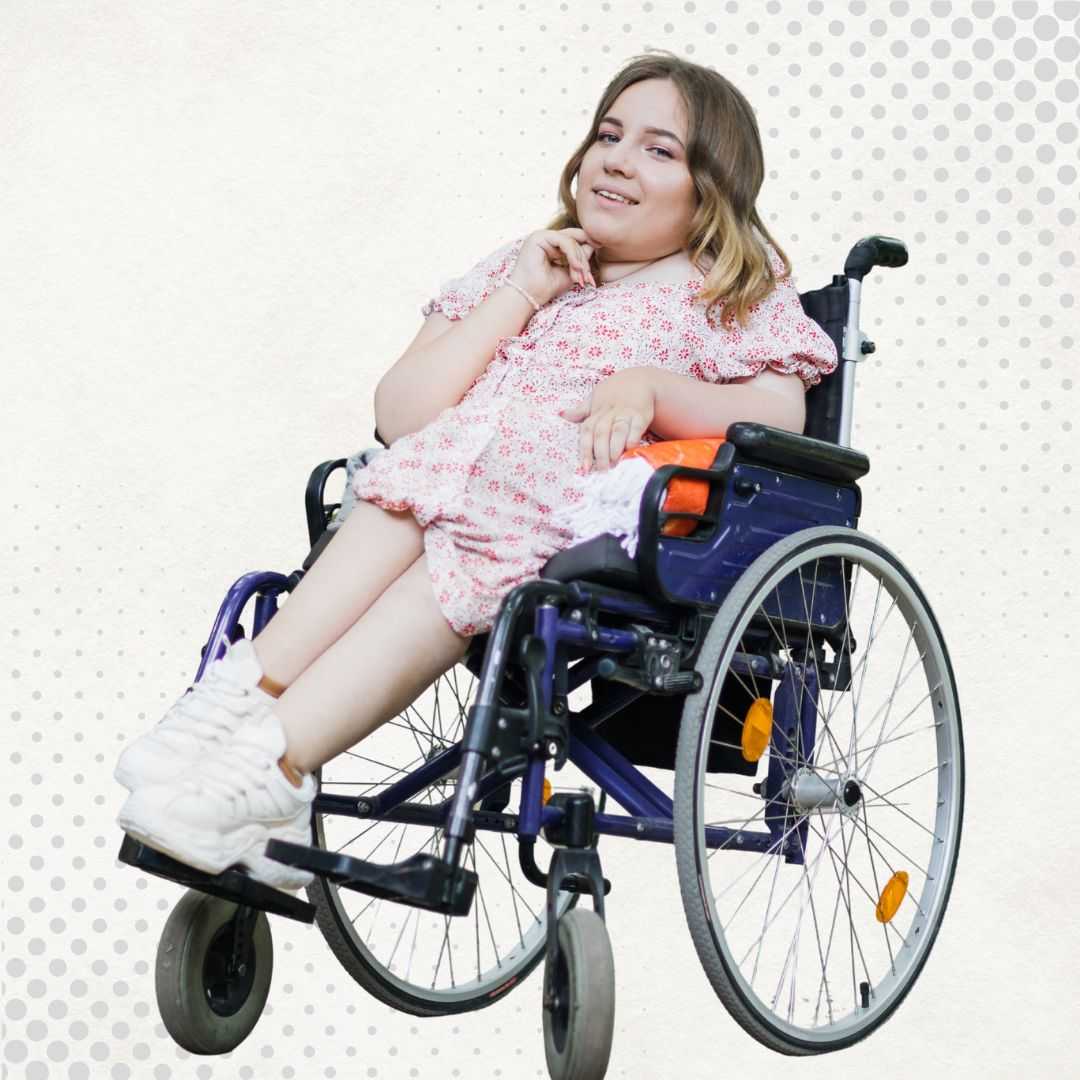


.png)
.png)
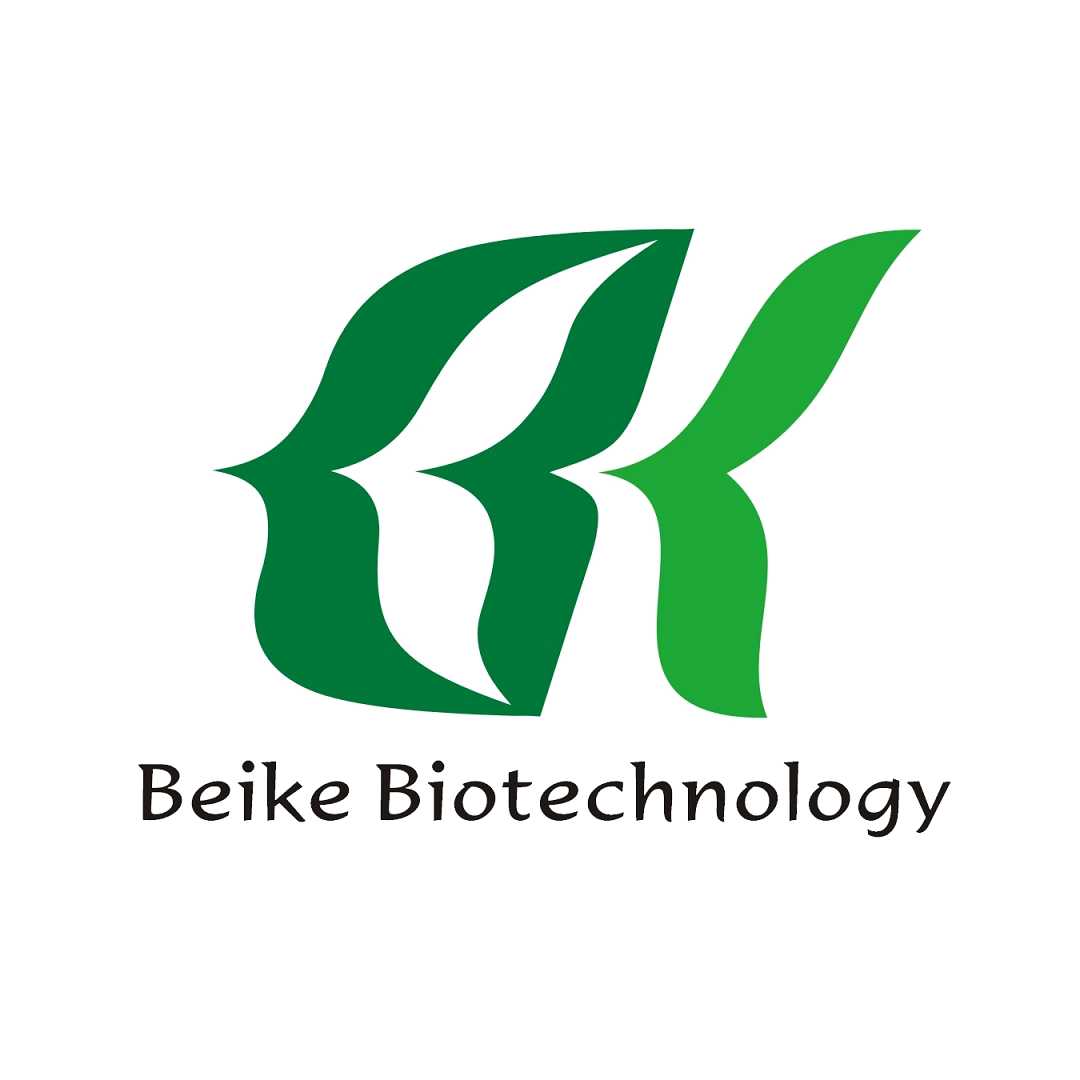

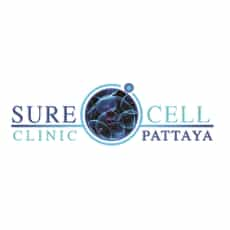
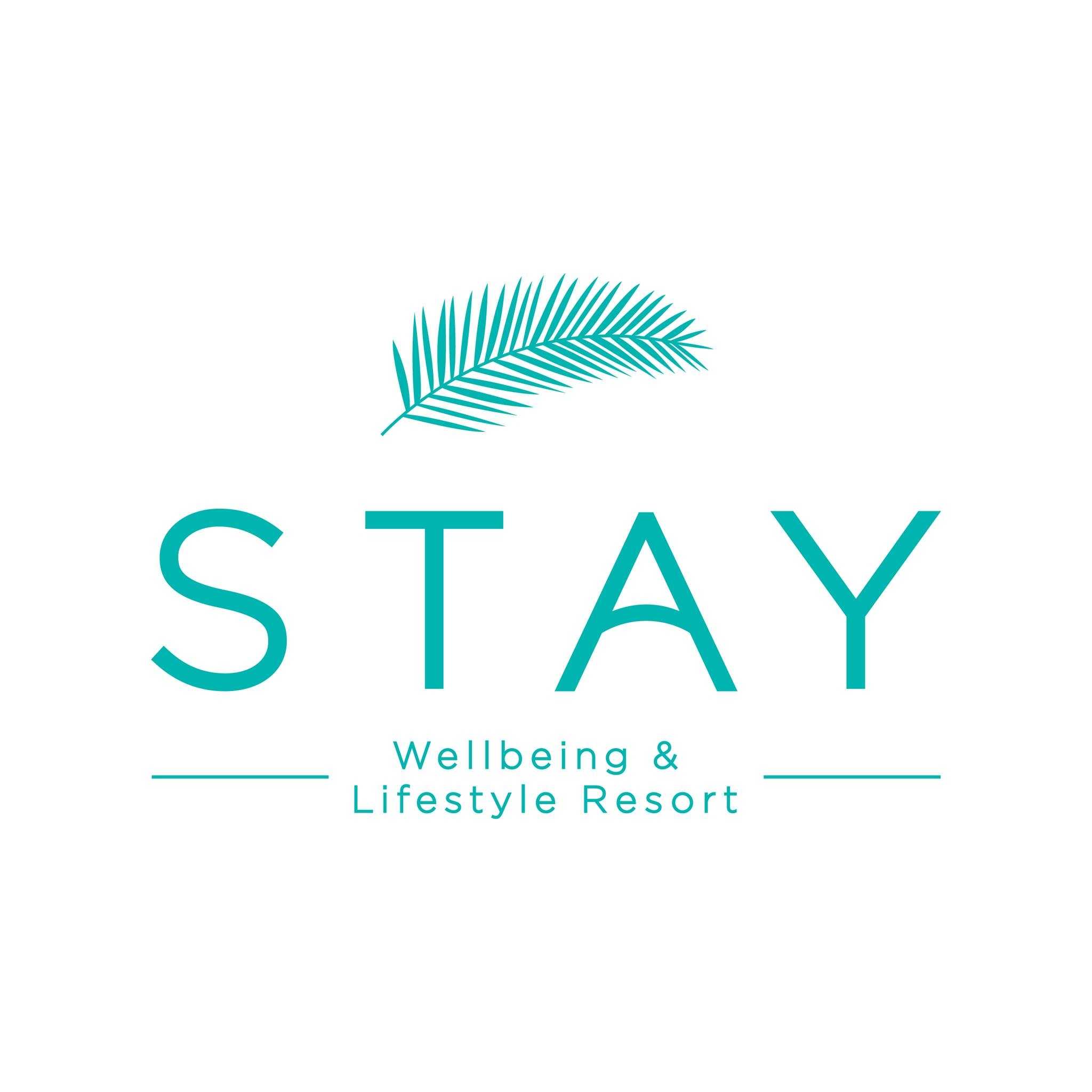
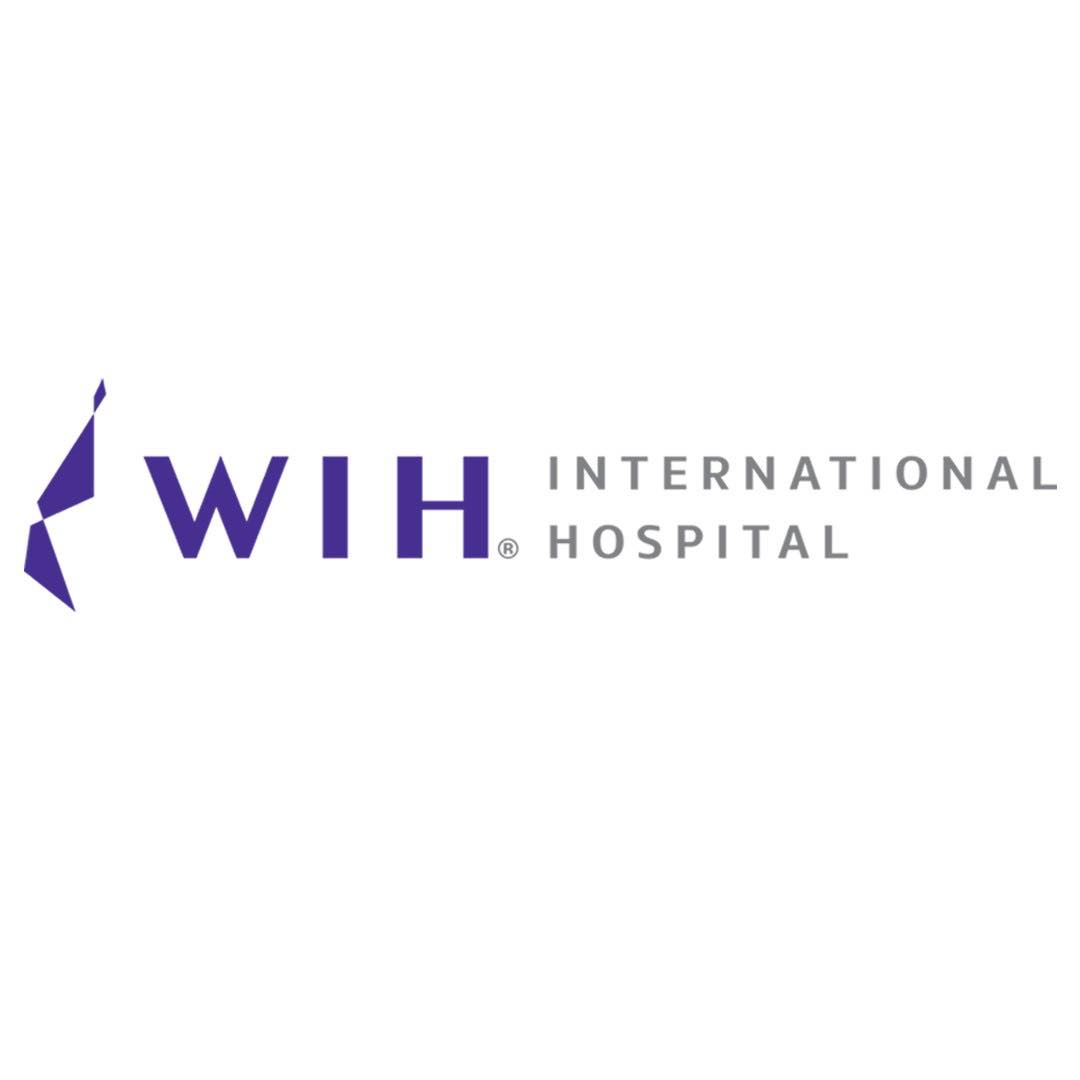

Share this listing